India celebrated 77 years of Independence on August 15, 2023. As the country reaches this milestone, it becomes important to remember the freedom fighters who fought with bravery against Colonial rule. India’s struggle for Independence saw many Bravehearts who, even though with different ideologies, were driven to make India a free and independent nation.
Find GK Questions and Answers on Freedom Fighters below and learn more about India’s struggle against Britishers as the country celebrates 77 Years of Independence.
Q1: Freedom Fighter Shaheed Bhagat Singh was associated with which of the following Organisations?
a) The Swaraj Party
b) Indian National Congress
c) Hindustan Socialist Republican Association
d) Both the Indian National Congress and the Hindustan Socialist Republican Association (HSRA)
Answer: Hindustan Socialist Republican Association (HSRA)
Explanation: Bhagat Singh was a prominent member of the Hindustan Republican Association (HRA) and was also probably responsible, in large part, for its change of name to the Hindustan Socialist Republican Association (HSRA) in 1928.
Q2: Whose death coincided with the launch of the non-cooperation movement in 1920?
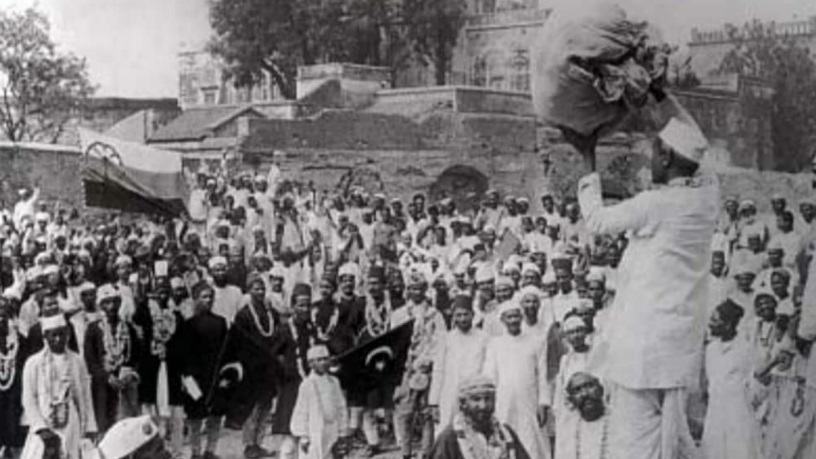
a) GK Gokhale
b) Motilal Nehru
c) Dadabhai Naoroji
d) Lokmanya Tilak
Answer: Lokmanya Tilak
Explanation: Lokmanya Tilak passed away on August 1, 1920, at the age of 64. His death coincided with the launch of the non-cooperation movement in India on September 4, 1920. It was a political campaign by Mahatma Gandhi to have Indians revoke their cooperation with the British Government.
Q3: Which of the three freedom fighters of India were hanged to death in the Kakori Train Conspiracy in 1925?
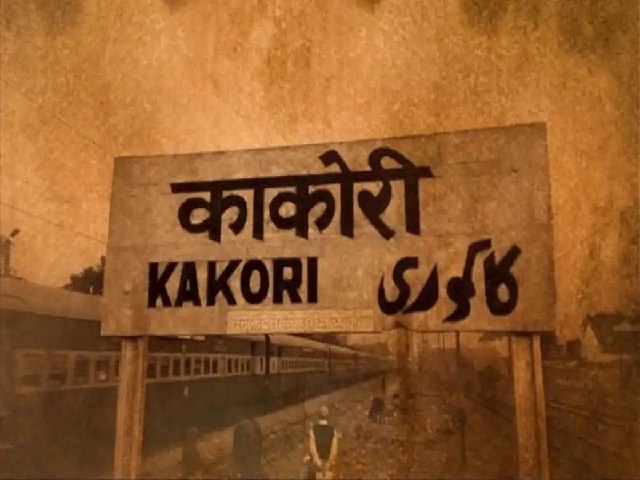
a) Roshan Singh, Ram Prasad Bismil and Ashfaqulla Khan
b) Bhagat Singh, Sukhdev, Rajguru
c) Sardar Udham Singh, Ram Prasad Bismil, Ashfaqulla Khan
d) Ram Prasad Bismil, Bhagat Singh, Ashfaqulla Khan
Answer: Ram Prasad Bismil, Ashfaqulla Khan, Roshan Singh
Explanation: Ram Prasad Bismil, Ashfaqulla Khan, and Roshan Singh were hanged to death on December 19, 1927, by the British Government for their involvement in the Kakori train robbery conspiracy.
Q4: Which of the Indian activists was popularly known as ‘Lokhitwadi’?
a) Gopal Hari Deshmukh
b) Gopal Krishna Gokhale
c) Pherozshah Mehta
d) Bal Gangadhar Tilak
Answer: Gopal Hari Deshmukh
Explanation: Gopal Hari Deshmukh was an Indian activist, social reformer, thinker, and a writer from Maharashtra. He composed articles on the social change in Maharashtra in the weekly paper Prabhakar using the pen name ‘Lokhitwadi’.
Q5: Who wrote the lyrics of National Anthem of India?
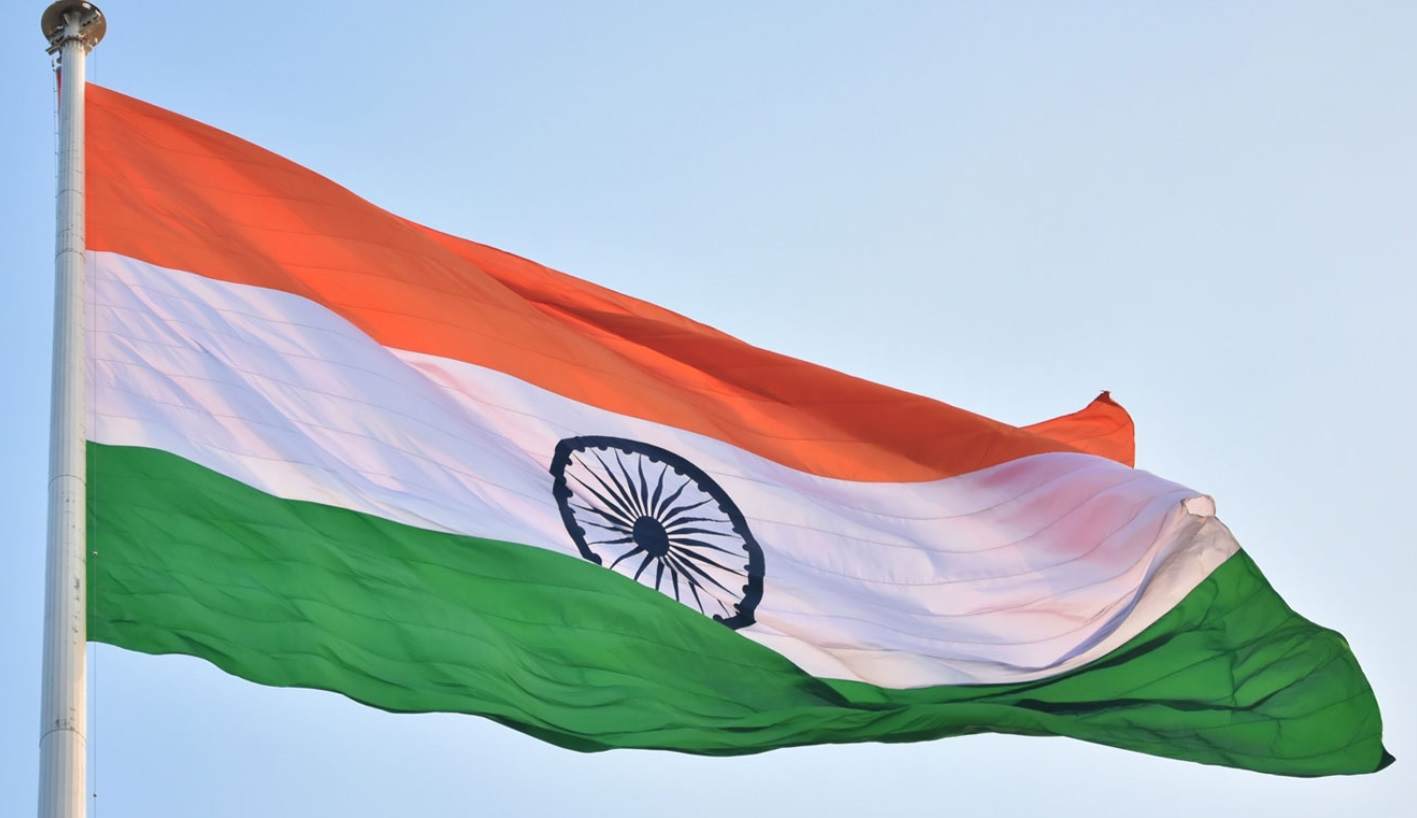
a) Bankim Chandra Chatterjee
b) Annie Besant
c) Rabindranath Tagore
d) Ram Prasad Bismil
Answer: Rabindranath Tagore
Explanation: ‘Jana Gana Mana’ is the National Anthem of India and the song was originally composed in Bengali as ‘Bharoto Bhagyo Bidhata’ by India’s first Nobel laureate Rabindranath Tagore. The first stanza of the song was adopted by the Constituent Assembly of India as the National Anthem on January 26, 1950.
Q6: Kesari, a newspaper started by freedom fighter Bal Gangadhar Tilak, was published in which language?
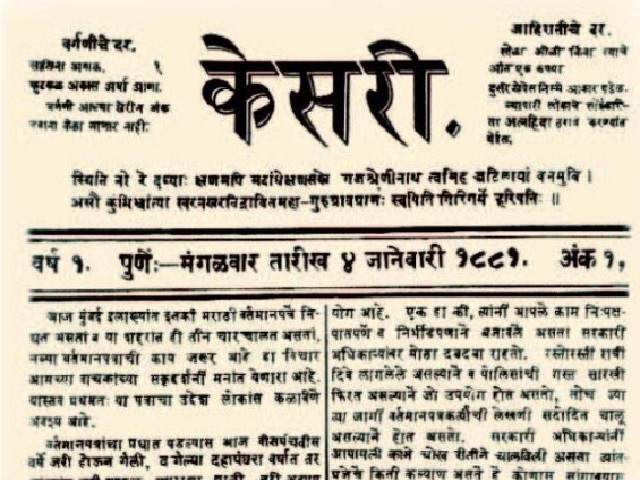
a) Bengali
b) Hindi
c) English
d) Marathi
Answer: Marathi
Explanation: Kesari is a Marathi newspaper that was founded on January 4, 1981, by Bal Gangadhar Tilak, a prominent leader of the Indian Independence Movement. Kesari was used as a spokes piece for the Indian National Freedom Movement and has continued to be published by the Kesari Maratha Trust and Tilak’s descendants.
Q7: What was the name of the British Officer who was shot by Udham Singh?
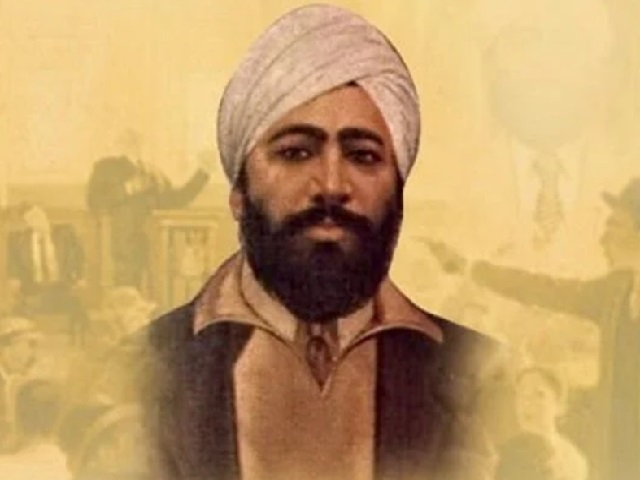
a) Colonel Reginald Edward Harry Dyer
b) John Saunders
c) Sir Michael Frances O’Dwyer
d) None of these
Answer: Sir Michael Frances O’Dwyer
Explanation: Sardar Udham Singh was an Indian revolutionary who assassinated Sir Michael Frances O’Dwyer, the former lieutenant governor of Punjab, India on March 13, 1940. The assassination was done during the Jallianwala Bagh Massacre in Amritsar in 1919 for which O’Dwyer was responsible.
Q8: Which of the following newspapers was started in 1919 by Motilal Nehru?
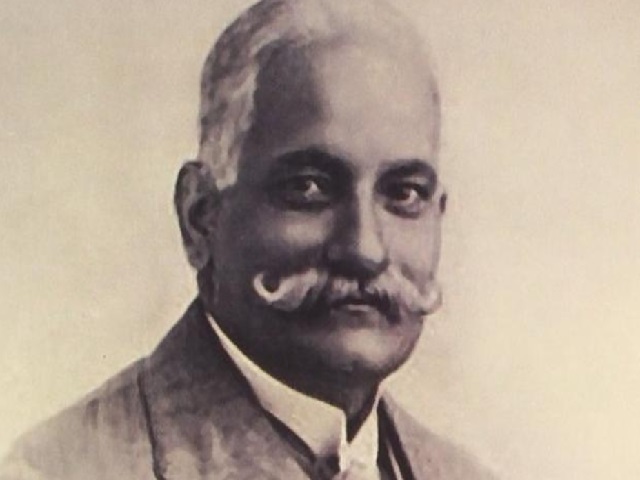
a) Young India
b) The Independent
c) Voice of India
d) The Leader
Answer: The Independent
Explanation: The Independent was an Allahabad-based newspaper that was started by Motilal Nehru in 1919. The paper was later closed down under the British repression two years later. The paper was started with an aim of countering the moderate political line adopted by the then leading Allahabad daily ‘The Leader’.
Q9: Annie Besant was associated with?
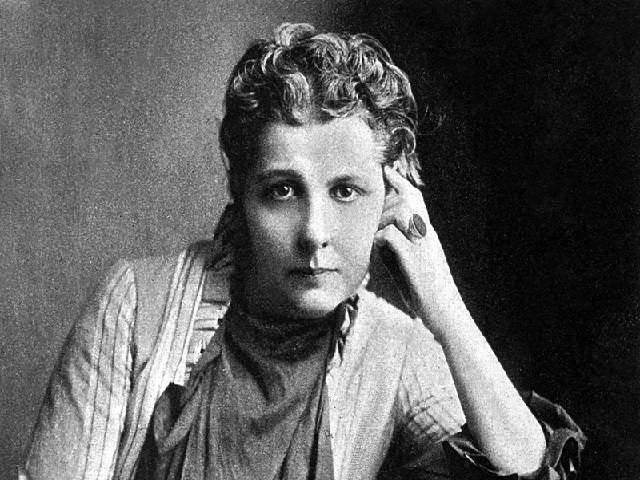
a) Khilafat Movement
b) Non-Cooperation Movement
c) Civil Disobedience Movement
d) Home Rule Movement
Answer: Home Rule Movement
Explanation: The Indian Home Rule Movement was a movement in British India on the lines of the Irish Home Rule movement and other Home Rule Movements. It lasted around two years between 1916-1918 and is believed to have set the stage for India’s Independence Movement under the leadership of Annie Besant and Bal Gangadhar Tilak.
Q10: Who of the following was called by the British to be the ‘Father of Indian Unrest’?
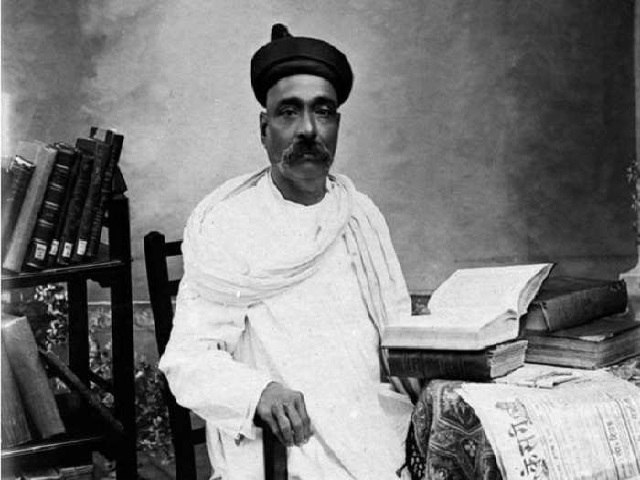
a) Lala Lajpat Rai
b) Gopal Krishna Gokhale
c) Lokmanya Tilak
d) Madan Mohan Malviya
Answer: Lokmanya Tilak
Explanation: Lokmanya Tilak was called the Father of Indian Unrest as he proved how words play a role in challenging establishments and inspiring the masses. Tilak mainly contributed through his newspaper ‘Kesari’, which motivated people to take part in the freedom struggle.
Q11. Which of the following statement is/are true about Jawaharlal Nehru?
A. He insisted on the secular and liberalist approach
B. He imparted modern values and thoughts.
C. He encouraged India's industrialisation.
D. All the above are correct
Ans. D
Explanation: India's essential unity was underlined by Jawaharlal Nehru. He imparted to them modern ideals and concepts. He was determined to adopt a liberal, secular viewpoint. He supported democratic socialism while also advancing India's industry by implementing the first five-year plans in 1951.
Q12. In which year Azad Hind Radio Service was started?
A.1942
B.1945
C.1939
D.1940
Ans. A
Explanation: In order to persuade Indians to support the Axis Powers, Netaji Subhas Chandra Bose and Adolf Hitler founded the Azad Hind Radio in Nazi Germany in 1942. Bose escaped the British Government and travelled through Italy, Afghanistan, and Russia before arriving in Germany. After a year, in March 1942, over Radio Berlin, Indians heard Bose.
Q13. Where did the Jallianwala Bagh Massacre happen?
A. Amritsar, Punjab
B. Bhatinda, Punjab
C. Jalandhar, Punjab
D. Chandigarh, Punjab
Ans. A
Explanation: The Jallianwala Bagh massacre, also known as the Amritsar massacre, took place on 13 April 1919.
The above-mentioned GK Question and Answers will help in learning more about the freedom fighters of India’s struggle for Independence. Along with the quiz, you can also learn some interesting facts in the explanations about the freedom fighters.
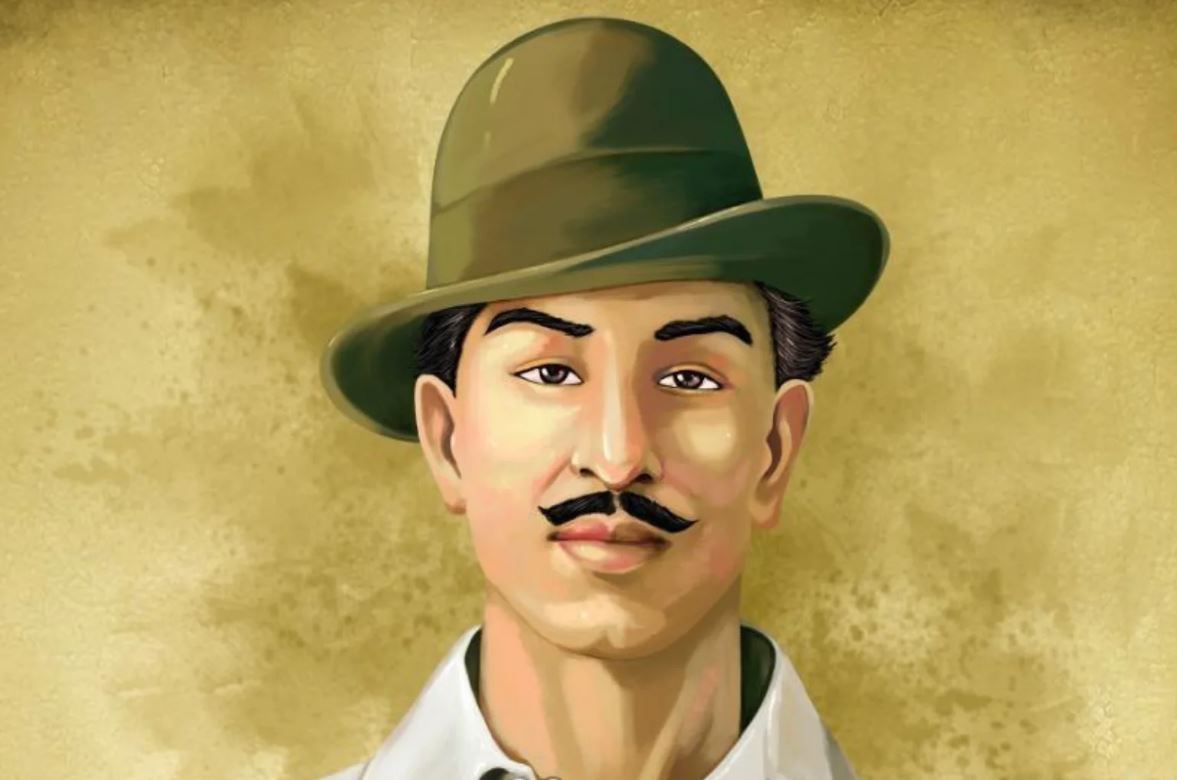
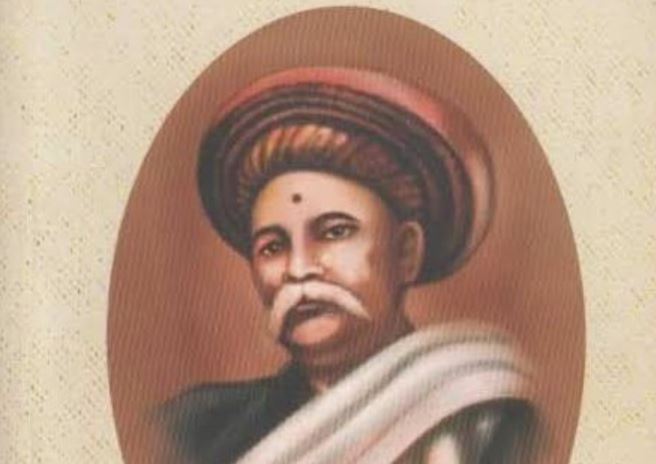
Comments
All Comments (0)
Join the conversation